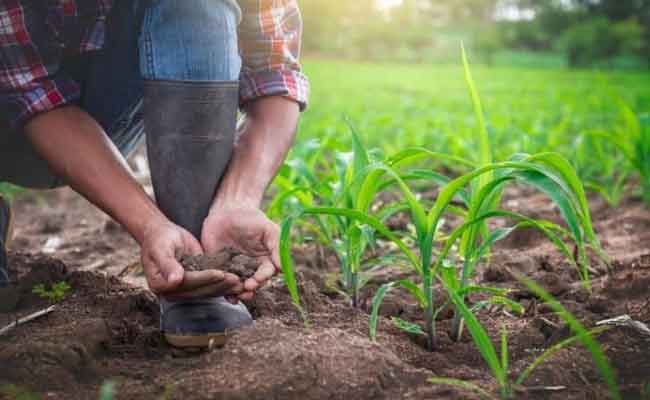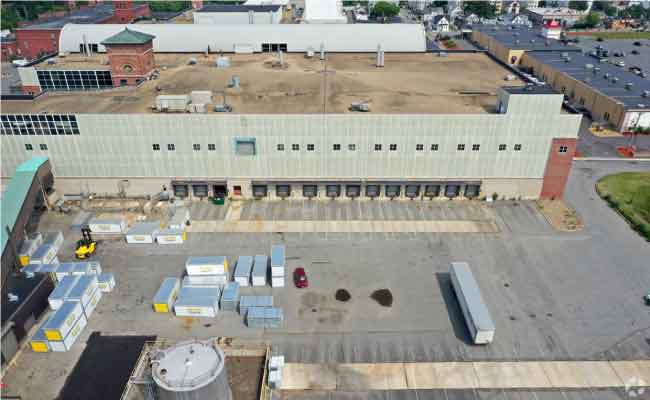Hello friends how are you all? Today we are going to talk about How Can Agriculture Development Be Improved? Food systems that are healthy, sustainable, and inclusive are crucial to achieving the world’s development goals.
Agriculture, which first appeared some 12,000 years ago, caused such a shift in society and lifestyle that its emergence has been nicknamed the “Neolithic Revolution.” Traditional hunter-gatherer lifestyles, which humans have pursued since their inception, were abandoned in favor of permanent communities and a dependable food source.
Cities and civilizations emerged from agriculture, and since crops and animals could now be grown to fulfill demand, the world population skyrocketed—from around five million people 10,000 years ago to more than seven billion now.
Globalization
There was no single or combination of factors that drove people to start farming in various parts of the world. Climate change at the end of the last ice age, for example, is likely to have introduced seasonal circumstances that benefited annual plants like wild grains in the Near East.
Increased pressure on natural food supplies elsewhere, such as in East Asia, may have led people to seek domestic alternatives. Whatever the reasons for its autonomous origins, farming planted the seeds of the modern era.
Globalization may dramatically boost agriculture’s position as a development engine in low-income nations by allowing agriculture to grow much faster than domestic consumption.
It also boosts agriculture’s capacity to increase food security by expanding multipliers to the enormous, employment-intensive, non-tradable rural non-farm sector.
With such potential advantages, it is critical to understand what is necessary for participation and to guarantee that these procedures raise the poor and hungry out of poverty and hunger.
Agriculture VS Scarcity
Agricultural development is one of the most effective weapons for eradicating extreme poverty, increasing shared prosperity, and feeding a predicted 9.7 billion people by 2050. Growth in agriculture is two to four times more effective than growth in other industries in improving incomes among the poorest.
According to 2016 studies, agriculture provided a living for 65 percent of impoverished working individuals. Moreover, according to the Food and Agriculture Organization of the United Nations, agricultural production per person has grown by 50% since 1960, which is amazing given that the number of mouths to feed has more than doubled.
Recently, the COVID-19 epidemic has had a significant influence on human behaviors and activities, and agriculture is not immune. Food demand and, consequently, food security are severely impacted as a result of mobility limitations, decreased purchasing power, and a disproportionate impact on the most vulnerable demographic groups.
As the number of instances of contagion rises, nations adopt more harsh steps to halt the virus’s spread, affecting the global food chain. Although some governments move in the other direction, the assumption of any policy chosen should be to safeguard the population’s health and food security at the expense of economic growth.
What Kind Of Challenges Do Farmers Face?
Although all the development agriculture has made since 1900, it still lags behind in terms of development. Many individuals, particularly those in high-income countries, do not have consistent access to nutritional meals. And food security is a constant battle for individuals in impoverished areas. Even little disturbances might have far-reaching ramifications.
Farmers Must Adapt To Climatic Change
Climate change has an impact on farmers’ capacity to provide the food we all require. Weather volatility and more extreme occurrences, such as floods and droughts, alter growing seasons, limit water availability, allow weeds, pests, and fungus to thrive, and can affect agricultural yield.
Soil erosion reduces the amount of land accessible for agriculture, and decreased biodiversity has an impact on crop pollination. Farmers are also under pressure to save water and use fewer agricultural inputs.
Farmers must adjust to these changes while simultaneously reducing greenhouse gas emissions from agriculture by using climate-smart techniques — a new learning experience for many.
The Food Value Chain Is Driven By Consumer Wants And Expectations
Farmers must fulfill the increased demand for higher-quality food. In recent years, there has been a change in emphasis from worry about ‘enough food’ to concern about ‘excellent food.’
Farmers are under increasing pressure from society to decrease their environmental effect, boost crop nutritional value, and eliminate chemical residues in crops and the environment.
Road To Success
Learning how to improve production is a crucial aspect of productive farming. New methods and techniques have given farmers a chance to improve agricultural practices and increase their long-term sustainability. Farmers’ need and desire is to increase productivity. Many things can boost agricultural output. Let’s take a look at the Top Ways to Increase Farm Productivity.
Implementation Of Land Reforms:
Land reform is the first and most important step toward increasing output. Land reform is carried out using machines, tractors, and implements. These devices have the characteristics that make rough farming terrain easier to operate. Working in the field is simple, which implies increasing production is simple. Land reform is the most effective way to boost output.
Interplant:
Interplanting is the technique of cultivating many crops at the same time. It is the most effective approach to increase the production of your growing area. Some crops work well together, while others do not.
Agricultural Education:
Arrangements for agricultural education and extension services should be developed in order to guide and advise farmers on the use of new technologies. It would aid farmers in providing optimal crop care, resulting in increased agricultural output.
Smart Water Management:
Water is required for agricultural planting, and crop yield may be increased by managing water. Water management is the most effective technique to increase output. You may enhance yield by up to 50% by using a sprinkler watering system. Tube wells benefit from a better irrigation system for crop safety by creating canals.
Heat Tolerant Varieties:
Heat tolerant cultivars allow the plant to keep producing even in high temperatures. We must enhance heat-tolerant cultivars, which raise crop output by up to 23%.
Cooperative Farming:
To prevent holding subdivisions and fragmentation, a cooperative agricultural movement should be created. Cooperative farming would result in the use of contemporary technologies on large farms. Agriculture will become a profitable career as a result of large-scale farming economies.
There is a lot of evidence that agriculture may help reduce poverty in ways other than directly affecting farmer income. Agricultural development has the potential to encourage economic development outside of the agricultural sector, resulting in increased employment and growth creation.
Agriculture productivity boosts farm revenue; increases food availability, lowers food costs, and creates more job possibilities in both rural and urban regions. Increased wealth can boost consumer demand for products and services supplied by industries other than agriculture.


